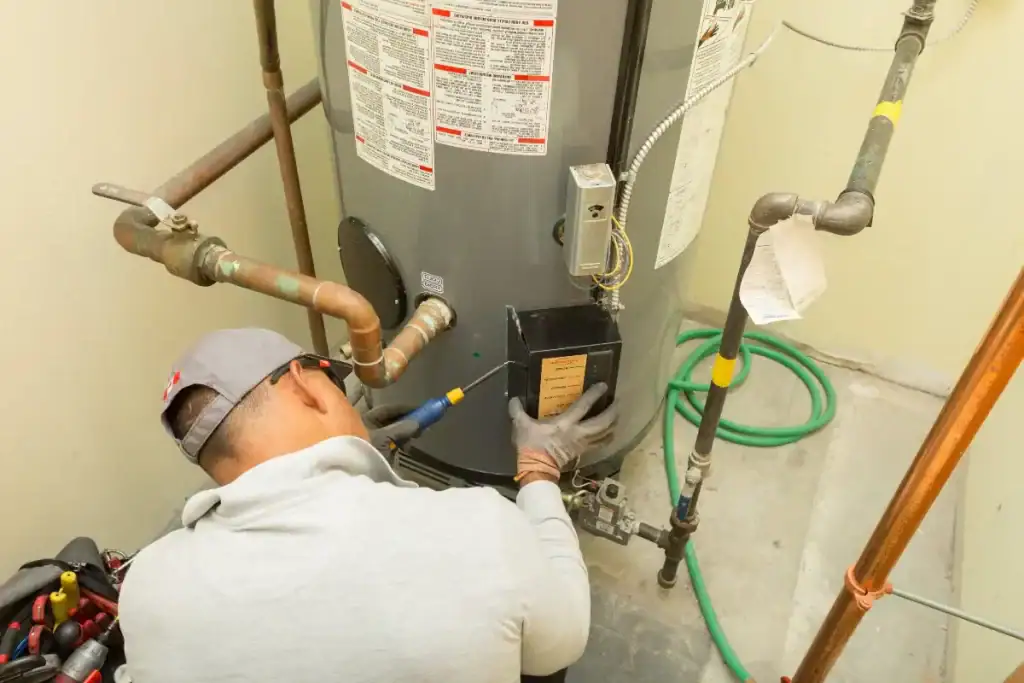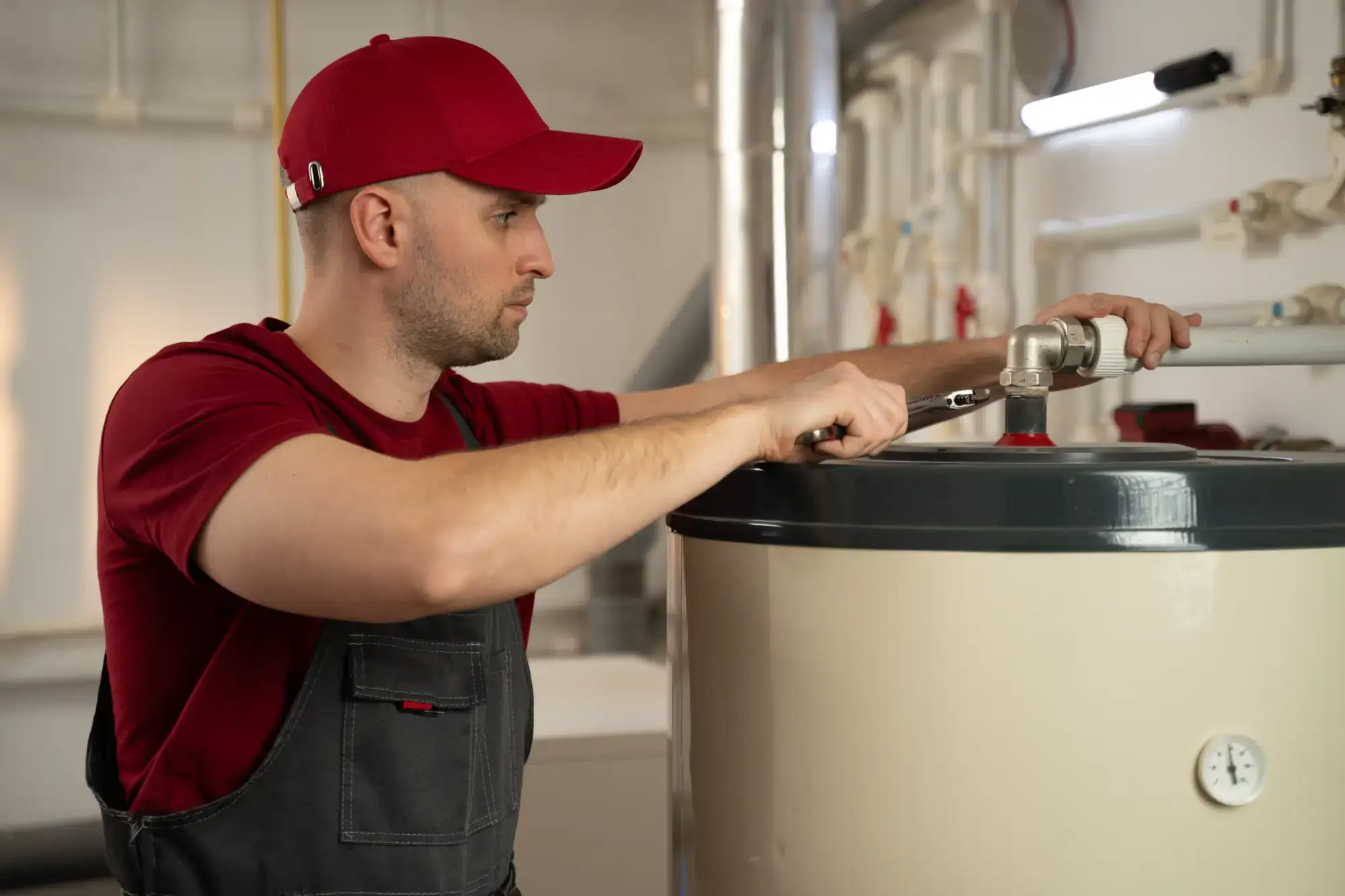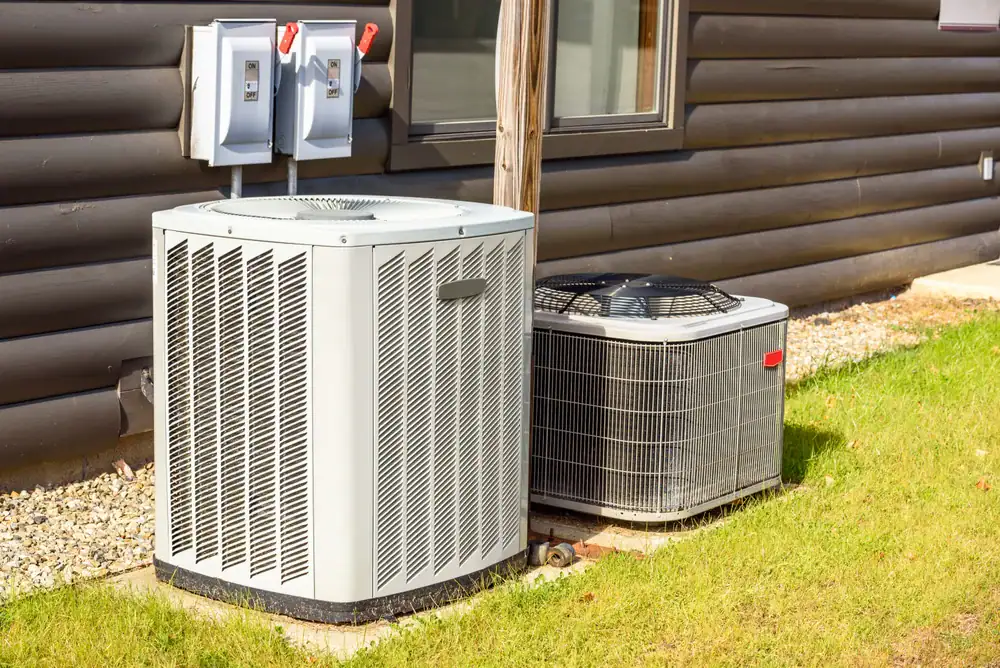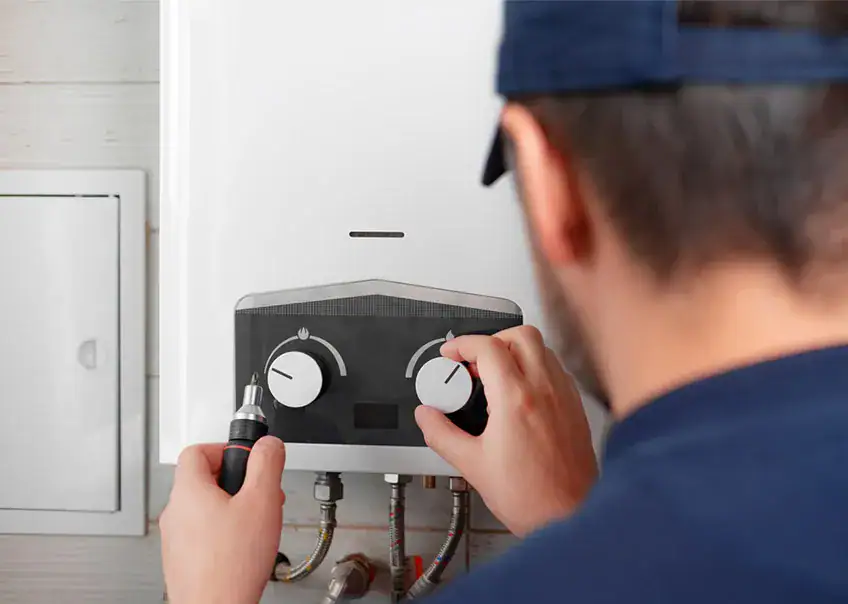Summary:
Winter Plumbing Challenges Every San Francisco Homeowner Should Know
While San Francisco doesn’t experience harsh winters like other parts of the country, cold snaps and temperature drops still pose real threats to your plumbing system. Even mild freezing temperatures can cause problems, especially in older homes with exposed pipes or inadequate insulation.
The biggest concern during colder months is protecting your pipes from unexpected freezing. When temperatures drop, water inside pipes can freeze and expand, creating pressure that leads to cracks or bursts. This is particularly problematic for pipes in unheated areas like basements, crawl spaces, or exterior walls.
Your water heater also works overtime during winter months as your household uses more hot water for cooking, cleaning, and comfort. This increased demand can strain aging systems and reveal problems that might otherwise go unnoticed during lighter usage periods.
Simple Steps to Prevent Frozen Pipes in Your Home
Preventing frozen pipes starts with identifying vulnerable areas in your home. Pipes near exterior walls, in unheated spaces, or running through crawl spaces face the highest risk during cold weather. These areas need immediate attention before temperatures drop.
Insulation is your first line of defense against frozen pipes. Foam pipe insulation from your local hardware store provides an easy, affordable way to protect exposed pipes. Focus on pipes in basements, attics, and any areas where you can see plumbing running along exterior walls. Don’t forget about outdoor faucets and hose connections—these are often the first to freeze.
Keep cabinet doors open under sinks during cold snaps to allow warm air to circulate around pipes. This simple step can make the difference between functioning plumbing and a costly emergency call. If you have pipes that have frozen before, consider having them rerouted or upgraded by experienced residential plumbing professionals.
Let faucets drip slightly when temperatures are expected to drop significantly. Moving water is much less likely to freeze than standing water, and this small precaution can prevent major problems. The cost of a slightly higher water bill is nothing compared to dealing with burst pipes and water damage.
For homes with persistent freezing issues, upgrading to frost-free outdoor faucets eliminates many winter headaches. These specialized fixtures are designed to shut off water inside your heated home rather than at the exterior wall, preventing freeze-ups entirely. Many homeowners searching for “best plumbers near me” find that this upgrade pays for itself in prevented emergency calls.
Water Heater Maintenance When You Need Hot Water Most
Preventing frozen pipes starts with identifying vulnerable areas in your home. Pipes near exterior walls, in unheated spaces, or running through crawl spaces face the highest risk during cold weather. These areas need immediate attention before temperatures drop.
Insulation is your first line of defense against frozen pipes. Foam pipe insulation from your local hardware store provides an easy, affordable way to protect exposed pipes. Focus on pipes in basements, attics, and any areas where you can see plumbing running along exterior walls. Don’t forget about outdoor faucets and hose connections—these are often the first to freeze.
Keep cabinet doors open under sinks during cold snaps to allow warm air to circulate around pipes. This simple step can make the difference between functioning plumbing and a costly emergency call. If you have pipes that have frozen before, consider having them rerouted or upgraded by experienced residential plumbing professionals.
Let faucets drip slightly when temperatures are expected to drop significantly. Moving water is much less likely to freeze than standing water, and this small precaution can prevent major problems. The cost of a slightly higher water bill is nothing compared to dealing with burst pipes and water damage.
For homes with persistent freezing issues, upgrading to frost-free outdoor faucets eliminates many winter headaches. These specialized fixtures are designed to shut off water inside your heated home rather than at the exterior wall, preventing freeze-ups entirely. Many homeowners searching for “best plumbers near me” find that this upgrade pays for itself in prevented emergency calls.
Want live answers?
Connect with a Sugar Bear Home Services expert for fast, friendly support.
Spring Rains and Drainage Problems in San Francisco
San Francisco’s rainy season brings its own set of plumbing challenges that many homeowners don’t anticipate. With nearly 24 inches of rainfall per year, proper drainage becomes critical for protecting your home’s foundation and preventing water damage.
Spring rains can overwhelm drainage systems that weren’t properly maintained during drier months. Clogged gutters, downspouts, and yard drains can quickly turn manageable rainfall into serious flooding problems around your home’s foundation.
The increased water flow during rainy periods also puts extra pressure on your sewer system. Tree roots become more active in spring, seeking out moisture and potentially infiltrating sewer lines. This combination of increased water flow and root intrusion can lead to backups and blockages that require professional plumbing repair services.
Keeping Water Away From Your Home's Foundation
Effective drainage starts with keeping gutters and downspouts clear of debris. Leaves, branches, and other organic matter accumulate throughout the year, creating blockages that prevent proper water flow away from your home. Clean gutters before the rainy season arrives and check them periodically during heavy rainfall periods.
Downspouts should direct water at least six feet away from your foundation. If water pools near your home’s base, it can seep into basements or crawl spaces, potentially affecting your plumbing system and creating conditions for mold growth. Consider extending downspouts or adding splash blocks to ensure proper water direction.
Yard drains and outdoor drainage systems need regular attention to function properly. Remove leaves, debris, and any obstructions that could prevent water from flowing freely. If you notice standing water in your yard after rainfall, this indicates drainage problems that need addressing before they affect your home’s foundation or plumbing installation.
French drains and other underground drainage systems can become clogged with sediment over time. If you have these systems, periodic professional cleaning ensures they continue working effectively. Signs of drainage problems include water backing up through floor drains, soggy areas in your yard that don’t dry out, or water stains in basements or crawl spaces.
Proper grading around your home is essential for effective drainage. The ground should slope away from your foundation to encourage water flow in the right direction. If you notice water flowing toward your home instead of away from it, you may need to adjust grading or install additional drainage solutions with help from affordable plumbing professionals.
Protecting Your Sewer Lines During Heavy Rainfall
San Francisco’s rainy season puts additional stress on sewer systems throughout the city. Heavy rainfall can overwhelm municipal systems, leading to backups that affect individual homes. Understanding how to protect your property during these periods prevents costly damage and health hazards.
Tree roots pose the biggest threat to sewer lines during wet weather. Roots naturally seek out water sources, and sewer lines provide an attractive target. Small cracks or loose joints in older sewer lines allow roots to enter, where they can quickly grow and create major blockages. Spring’s combination of increased moisture and active root growth makes this problem particularly common in San Francisco’s older neighborhoods.
Regular sewer line inspections help identify potential problems before they become emergencies. Professional plumbers can use camera equipment to examine your sewer line’s condition and spot early signs of root intrusion, cracks, or other issues. Addressing these problems proactively costs much less than dealing with major backups or complete line replacements.
Be mindful of what goes down your drains during rainy periods. Avoid putting grease, food scraps, or other materials that could contribute to blockages when your sewer system is already under stress from increased water flow. Even small additions to existing buildup can tip the balance toward a backup situation.
If you experience recurring sewer backups during rainy weather, this indicates a problem that needs professional attention. Don’t ignore these warning signs or assume they’ll resolve on their own. Sewer problems typically worsen over time and can create serious health and safety issues for your family.
Consider upgrading older sewer lines if you live in an older San Francisco home. Many properties still have original clay or cast iron sewer lines that are more susceptible to root intrusion and weather-related problems. Modern materials like PVC are more durable and less prone to the issues that cause seasonal backups. We can assess whether your property would benefit from these upgrades.
Year-Round Plumbing Protection for San Francisco Homes
Understanding how seasonal changes affect your plumbing system puts you ahead of most homeowners who only think about their pipes when something goes wrong. By taking proactive steps before problems develop, you avoid emergency repairs, water damage, and the stress that comes with unexpected plumbing failures.
The key is staying ahead of seasonal challenges rather than reacting to them. Simple preventative measures like insulating pipes, maintaining drainage systems, and scheduling regular inspections cost far less than dealing with major repairs or replacements. Smart homeowners also know when to call professionals for tasks beyond basic maintenance.
When you need expert help with seasonal plumbing maintenance or emergency repairs, we at Sugar Bear Home Services understand the unique challenges San Francisco homeowners face throughout the year. Our experienced team provides reliable solutions that keep your plumbing system working properly through every season.




